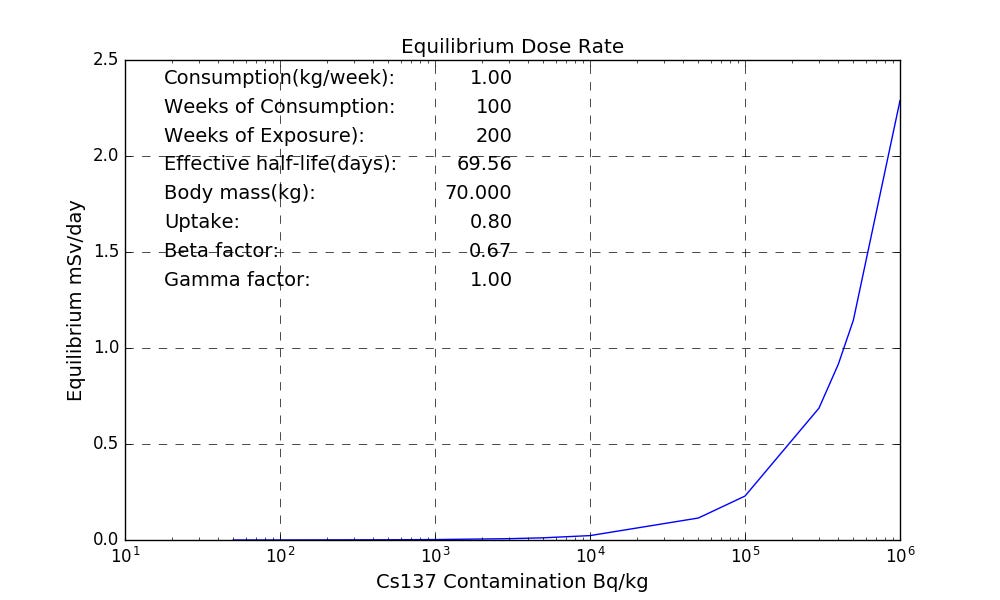Figure 1. A Sow and her Squeakers foraging in Bavaria.
Radiation is natural. Radiation is everywhere. You are radioactive. Your dog is radioactive. Your steak is radioactive. Table 1 shows the radioactivity of some common substances. When it comes to radiation, it's not whether. It's about how much and more importantly how fast.
Boar is the reason for repeating this boring truism. A recent paper that apportioned the radiocesium contamination of Bavarian wild boar between Chernobyl and bomb testing fallout generated a kerfuffle of screams decrying how dangerous these pigs still were 40 or more years after the releases.\cite{stager-2023} The authors, Stager et al, contributed to the furor by gratuitously sprinkling a routine scientific investigation with excited adjectives and adverbs.
In this case, the culprit is cesium-137. Cesium-137 is a fairly strong photon emitter with a 30 year half-life. That's fast enough to be an issue, and slow enough to be a several century issue. But despite this bothersome combination, decay, weathering, and dilution have long since reduced both bomb fallout and Chernobyl Cs-137 dose rates to a tiny fraction of background just about everywhere, including in the immediate vicinity of the Chernobyl plant.
One exception is fungi. Mushrooms have an amazing ability to concentrate cesium, Figure 2. The activities are in the millions of Bq/kg. Fungi not only collect cesium; they hang on to it. Boars love to eat mushrooms and truffles.
Figure 2. Cs-137 in mushrooms harvested 130 km SW of Chernobyl.\cite{iaea-2006}
As a result, boars can become in the authors' words ``highly contaminated". Stager et al sampled 48 boar. Figure 3 shows the cumulative contamination distribution. 80% of the pigs were below 3000 Bq/kg. 90% were below 9000 Bq/kg. Max was about 15,000 Bq/kg, salt substitute level.
Figure 3. Distribution of cesium activity in 48 Bavarian Boars.\cite{stager-2023}
If ingested, cesium mimics potassium. The uptake is high. About 80% will be absorbed into our blood stream and spread evenly throughout the body. Cesium's biological half-life in humans is about 70 days. Suppose Herr Stager and his friends ate 1 kg/week of these contaminated boars for 100 weeks. Table 2 and Figure 4 show the equilibrium (peak) dose rate they would be hit with as a function of the contamination. If they buy the argument that a reasonable tolerance dose is 2 mSv/day, then they would have no trouble consuming 400,000 Bq/kg pig.
Figure 4 Peak dose rate as a function of contamination.
The table also shows the Sigmoid No Threshold (SNT) Lost Life Expectancy (LLE) as a function of the base (non-boar) dose rate they are experiencing. If the harm is non-linear in the daily dose, it is not possible to compute the harm (eg LLE) associated with an additional dose independently of the base dose. One must compute the harm with and without the additional dose and display the difference.
Figure 5 shows that, for the normal range of background dose rates, this correction is small. But in a release it can be important. For example, a child in the peak area of the plume will incur more harm to the thyroid from drinking I-131 contaminated milk than a child outside the plume, who drinks the same amount of the same milk.
Figure 5. Lost Life Expectancy for 3 Different Background Dose Rates
For a normal background dose rate of 0.01 mSv/d, 100 weeks of 1 kg/week of 100,000 Bq/kg meat would result in an SNT Lost Life Expectancy of 0.025 days (36 minutes). Cohen estimated that eating 1 kg/week of charcoal broiled beef for 2 years would cost you 0.036 days.\cite{cohen-1991} The main problem seems to be red meat results in nitrosamines, which can lead to bowel cancer. Anybody who eats grilled beef regularly should have no problem consuming 100,000 Bq/kg boar. Herr Stager's most highly contaminated boar was less than 15,000 Bq/kg. One can only hope he and his friends did not waste the meat.











Awesome, Jack. Helping people understand the difference between actual risk and their perception of risk is critical if we’re ever gonna get them to fight for prosperity AND continued environmental improvement.
Well done!
I had no idea that baby boars were called “squeakers”. Very cute. Not sure that’s the lesson I was supposed to draw from this post...